This post could easily be subtitled with ‘I have no idea what’s happening’, ‘consistently overdressed’ or ‘am I allowed to touch this? I’m going to touch it.’ All of which would be excellent titles for my autobiography.
In the before times, I took a trip to Avebury in Wiltshire, tagging on with a group of pals in an attempt to curate some form of vaguely esoteric tourism. What met me was a series of massive rocks, a shed load of sheep and a mild existential crisis by the gift shop. All in all, fully recommend.
The stone circle at Avebury is just one part of a larger ancient landscape, encompassing West Kennet Long Barrow, Windmill Hill and Silbury Hill. Avebury is a tiny village near Marlborough in Wiltshire and is surrounded by Europe’s largest Neolithic stone circle. So massive is the circle that it is bisected by a busy road and a steady stream of ramblers in hi vis kagools.
As much as my own beliefs aren’t especially esoteric or pagan in origin, my appreciation, sense of grounding and ancient history was very genuine at Avebury. Although sceptical in many of my ways, I have an ingrained and unshakable love of places like Avebury; spaces and environments older than buildings, older than words. Its arguably the closest I’ve come to feeling connected with a British, or English history that doesn’t instil me with a sense of moral unease. Unlike other ancient sites, or other circles/henges such as Stonehenge, Avebury has consciously escaped the commercialisation that would see it swamped with gift shops and novelties. In the village of Avebury itself, there are only two tourist-centric shops, one belonging to the National Trust and another (The Henge Shop) predominantly stocking esoteric and new age books. While this is a positive in terms of protecting the religious significance of the site, arguments have raged over the years about the suitability of visitors at certain times of the year and at religious festivals.
Avebury’s ‘Stone Circle’ is technically a combination of three circles, constituting one singular henge monument, which is called a Megalith. The henge itself is Neolithic, built between 2850 BC until around 2200 BC.Its exact purpose is unknown, however most contemporary archaeologists and historians believe it to have been used for ceremonial purposes. Despite this uncertainty, the site remains revered by modern pagans (some of whom were in my party) who believe the ancient site to have particular significance. One prominent feature that is so rarely described in guidebooks is the constant and terrifying presence of sheep, roaming free, everywhere. Now, I’m an animal lover, don’t get me wrong. But put me near livestock and I’ll be close to tears until I’m back behind a gate. Sheep have sinister intent, and you simply cannot tell me otherwise.
From the ground, Avebury looks like a scattered, if spiralling collection of enormous stones. However, it compromises of a henge (a bank and a ditch), a large outer circle, and two slightly smaller inner circles. Due to the enormous size of the stones, this is particularly difficult to discern, unless at a distance and with a vague existing knowledge of its construction.
The site has not been in consistent use, let alone consistent appreciation. The stones were redundant by the Iron Age, ignored by the Romans and by the early Middle Ages, a village had begun to form beside the circle. A little later on, into the Late Medieval and Early Modern periods, locals had smashed up or removed several of the stones, for both religious and practical reasons, which is understandable when you can’t get to town because of twelve foot rocks in your way.
Thankfully, by the 17th century, two antiquarians called John Aubrey and William Stuckley had taken an interest in the site and made extensive notes about its layout and structure, preserving much of the megalith’s history while its destruction continued.
By the 20th century, the monument had enjoyed a huge resurgence of interest (both generally, and archaeologically) and the site was slowly restored into the state we enjoy today. According to the National Trust, by the late 1970s, the site was receiving upwards of 250,000 visitors annually. Designated a World Heritage Site and a Scheduled Ancient Monument, the megalith is under the care of the National Trust, who, save for a nearby shop and visitor centre, have interfered very little with the site, save for a few bits of signage and the general upkeep of the grass and landscape.
But if we don’t know for sure what the site was for, what are the most likely scenarios?
Some archaeologists believe that the stones were arranged as a ritualistic space, designed to appease the harsher elements of nature, such as fierce winters and death. Other theories range from ancestral worship, funerary purposes, and to a belief that it was the centre of the world (axis mundi). Suggestions that the site was some kind of defensive structure are untenable as the ditch is on the inside of the structure, but beliefs that it was used for feasting are more likely, due to the sheer amount of animal bones found during excavations.
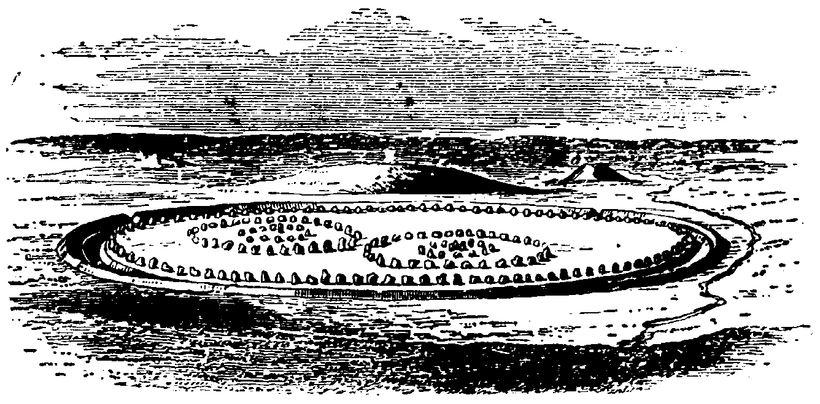
More innacurate and esoteric interpretations appear to have originated in the 17th century with the amateur archaeologist and antiquarian William Stukeley who, for want of a more formal term, did some hefty guesswork. Stukeley perpetuated the idea that the circles were made by the druids, despite being two thousand years earlier. His work inspired several other copycat historians who suggested that the henge was built by various old civilisations, Native Americans or to commemorate the final battle of King Arthur.
However, more contemporary pagan beliefs have their roots in the work of modern druid Ross Nichols (d.1975), who believed that an astrological axis connected Avebury to Stonehenge. Pagans (Druids, Wiccans etc.) today often see Avebury as a “living temple” through which they can communicate with ancestors and ancient spirits.
Due to the popularity of the site with established druidic groups, a timetable has been established, so the groups don’t clash. One particular group, the Gorsedd Bards of Caer Abiri, split their group into two camps for rituals; one party (the Goddess party) head to a rock named the “Devils Chair” where a woman sits in the cove and channels the Goddess spirit, whereas the other group (the God party) go to the southern entrance to the circle and give offerings of food and drink to the Goddess’ spokesperson.
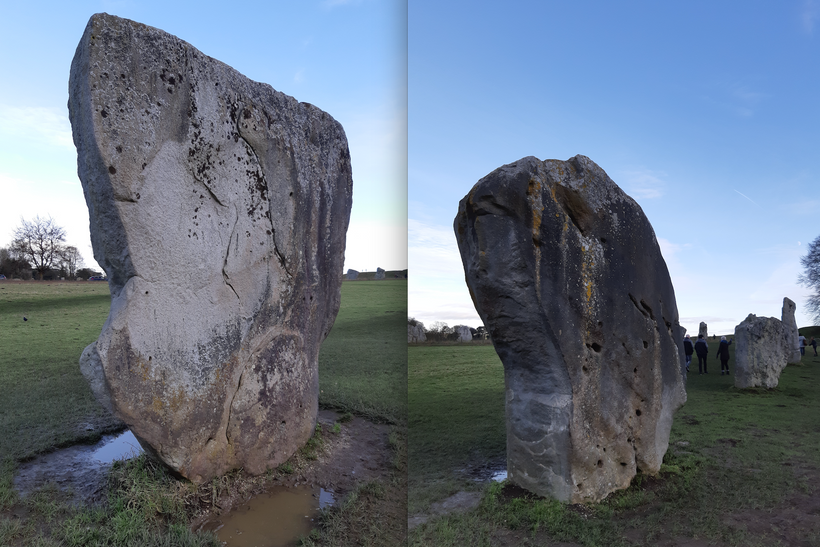
I felt personally drawn to the Devil’s Chair stone, and couldn’t help but run my hands across it. As cold and as tactile as it was, I can’t deny that the sensation was special, but the fact that it afforded me a few moments of peace from the nearby children cannot be dismissed.
While most of these organised rituals become public events with spectators, thousands of individual rituals and ceremonies take place, which can be made virtually private, due to the sheer size of the site.
During my time there, some of the party conducted a friendship ritual, to bind us closer for the coming year. Although we were a reasonably sized group in an open space, the union went uninterrupted and – despite differing beliefs within the circle– was a powerful experience for us all.
Avebury is an undeniably special place, and a true jewel in England’s crown. If you get the chance to visit, go. But please wear sensible footwear, wrap up warm and mind the sheep.
***
Liked this post? Then why not join the Patreon clubhouse? From as little as £1 a month, you’ll get access to four brand new posts every week (articles, pictures, videos, audio) and full access to all content before that! Loads of exclusive stuff goes on Patreon, never to be seen on the main site. Pop on over, have a chat and let me show you my skulls…
www.patreon.com/burialsandbeyond
Want to read more (and a lot more in-depth)? Check out these links:
https://www.nationaltrust.org.uk/avebury
https://www.english-heritage.org.uk/visit/places/avebury/history/

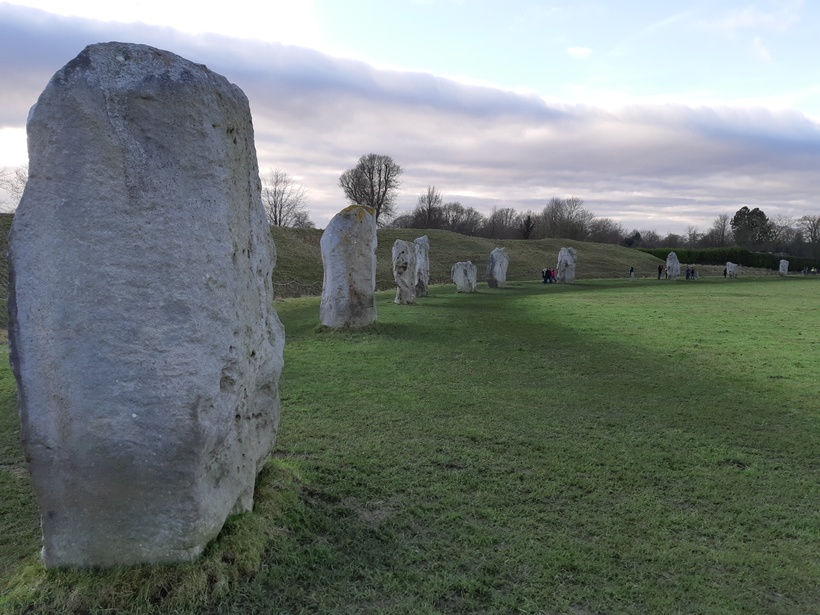
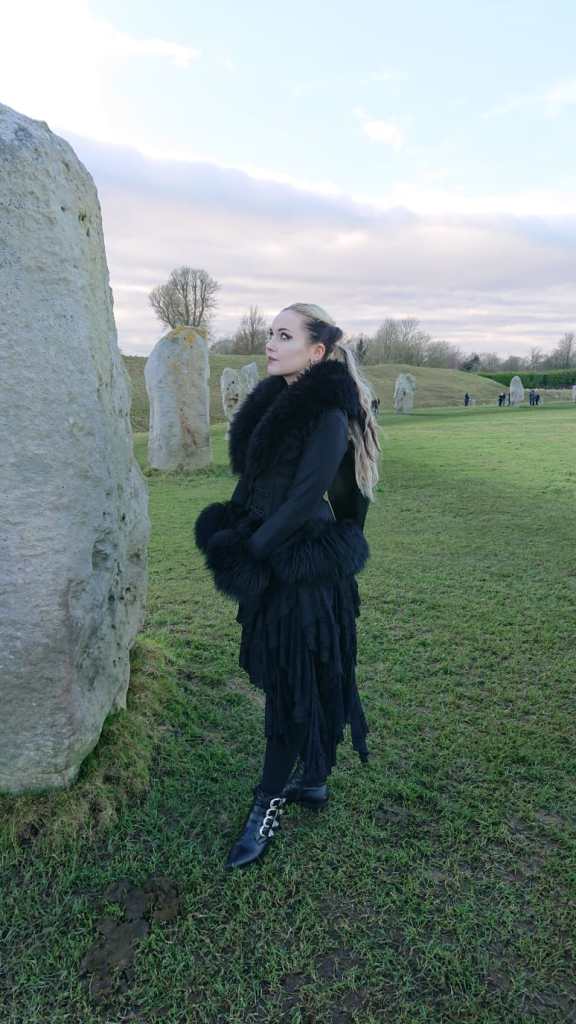
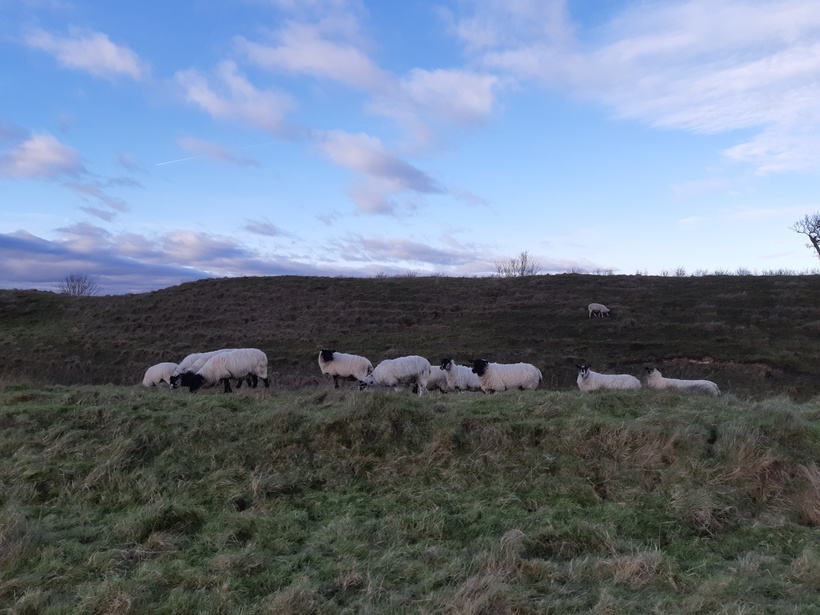
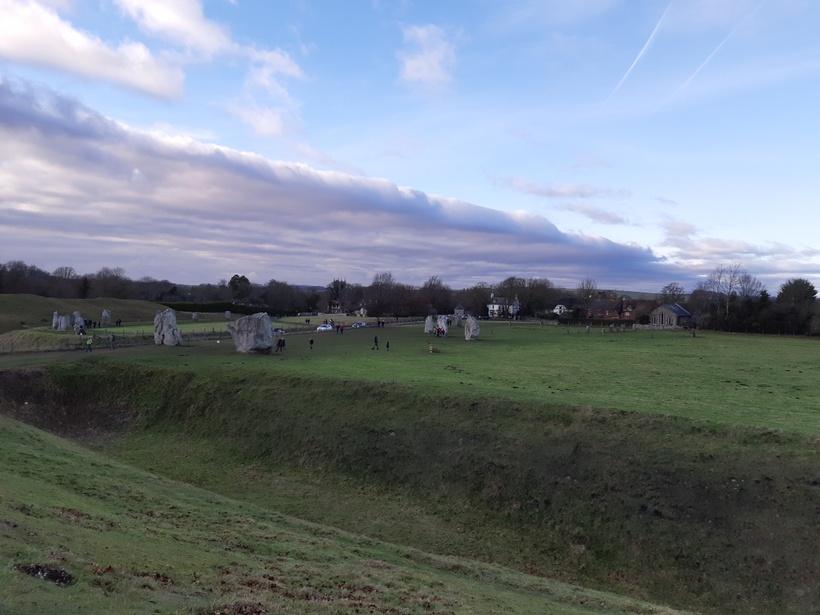
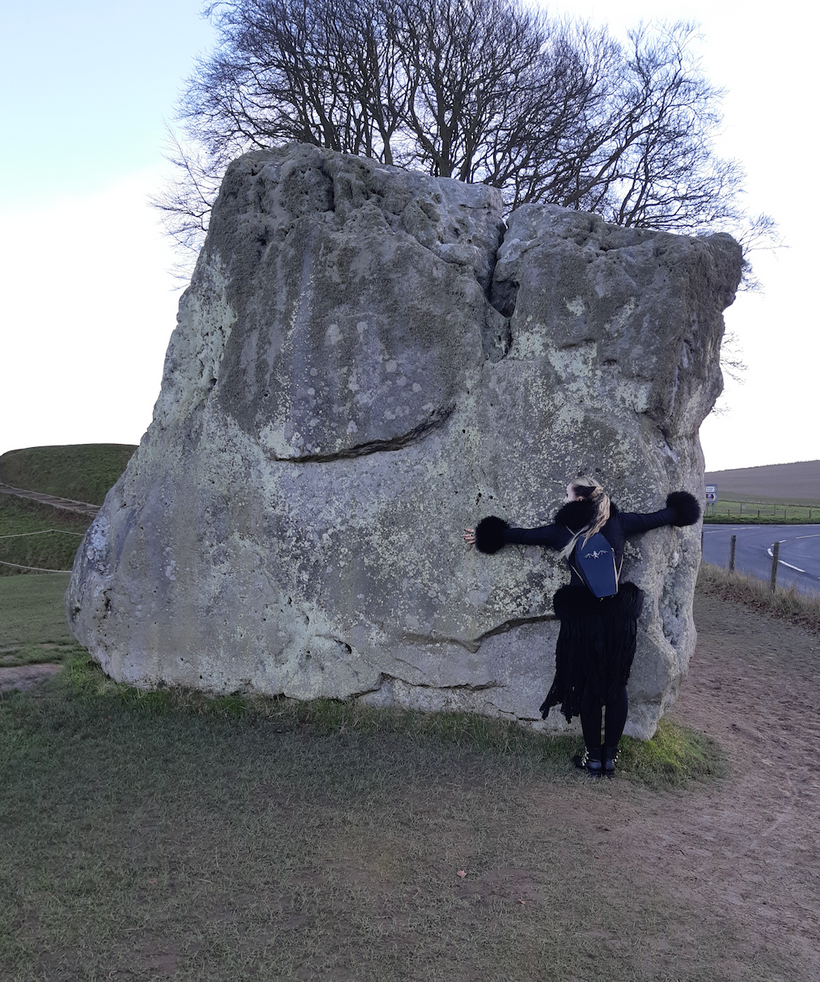



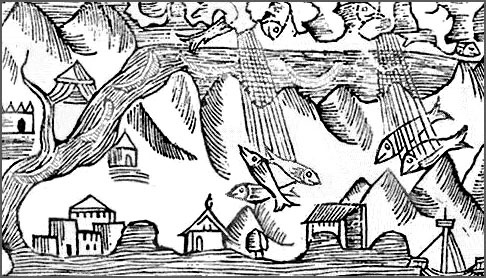


Leave a comment